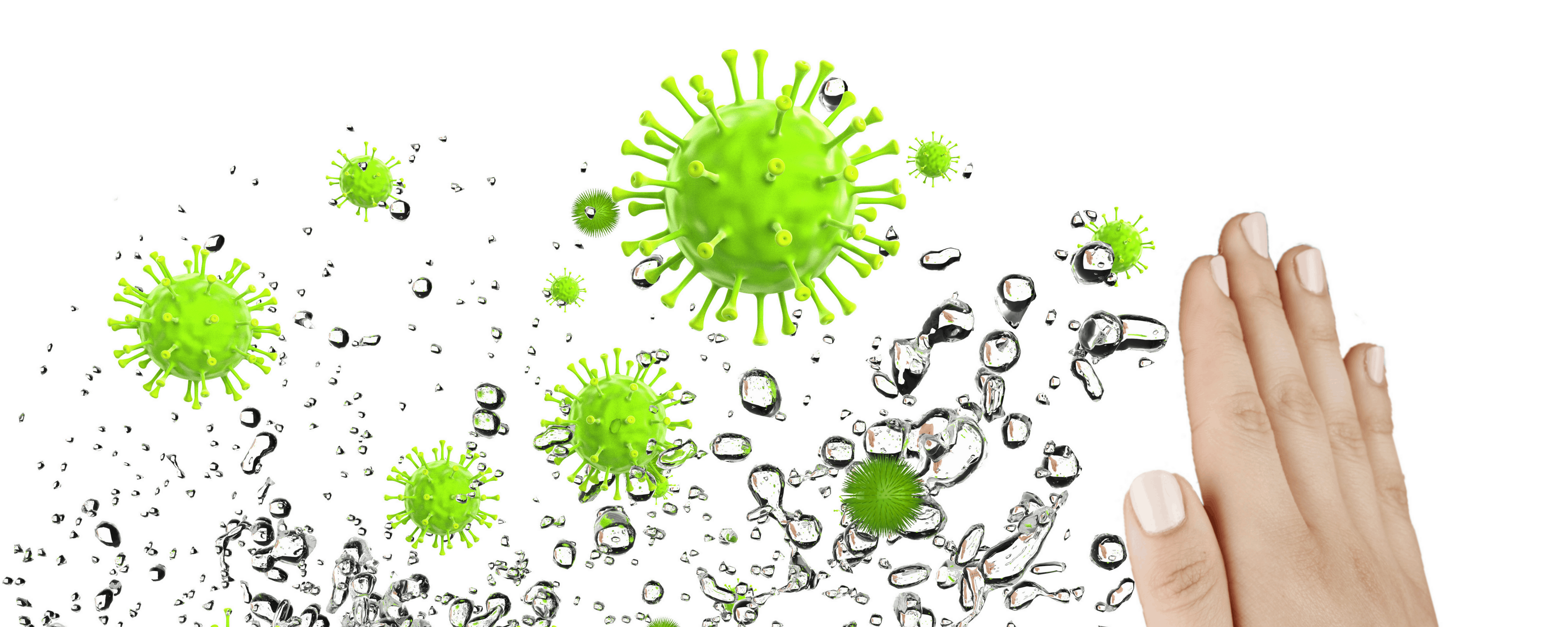Antibiotics have saved my life. They may have saved your life too dear readers. However there is a very real possibility that they may stop working in the future. Part of the problem is antibiotic pollution and some new research shows that graphene oxide may be able to help. Read on to find out how…
What are Antibiotics and what is the problem?
Antibiotics are medicines used to prevent and treat bacterial infections. The World Health Organisation (WHO) states that ‘Antibiotic resistance is rising to dangerously high levels in all parts of the world’ and ‘without urgent action, we are heading for a post-antibiotic era, in which common infections and minor injuries can once again kill’.
Antibiotic resistance
Like other living things bacteria evolve. They change in response to their environment. When a population of infectious bacteria inside our bodies is totally killed this stops the disease. The symptoms can disappear but when the bacteria have not been totally killed off and they can return with increased resistance to the drugs. This is why doctors always state that we must complete the course of treatment.
The problem comes when a population of bacteria is partially killed. The survivors may be slightly less affected by the antibiotic and so live to reproduce offspring that carry increased resistance to the medicine.
Overuse of antibiotics is part of the problem. Another critical problem is that when our animals or we are given antibiotics some of the medicine passes straight though the body, straight through the sewage system and into our watercourses.
The link between pollution and antibiotic resistance
When antibiotics pass through our bodies and wastewater treatment systems they enter our lakes, rivers and seas. From there antibiotics enter the food chain and end up in fish and shellfish that we later eat. Water is also abstracted from rivers to grow crops and feed farm animals that we consume. The problem with small amounts of antibiotics in the environment is that disease-causing bacteria get exposed to less-than-lethal doses of the medicine. You’ll probably be familiar with the expression ‘what doesn’t kill you makes you stronger’ well that applies to bacteria too and this is how we end up with antibiotic resistant microorganisms in our environment.
Why don’t we develop new antibiotics?
Because it is really hard to do. A paper in the journal Biochemical pharmacology laid out the problem clearly: ‘Most pharmaceutical companies have stopped or have severely limited investments to discover and develop new antibiotics to treat the increasing prevalence of infections caused by multi-drug resistant bacteria, because the return on investment has been mostly negative for antibiotics that received marketing approved in the last few decades.’
How does Graphene Oxide help clean up pollution?
Researchers at Qingdao University in China made graphene oxide fibres with calcium alginate.
Tetracycline is one of the most frequently used antibiotics, ranking second in production and usage worldwide. The Chinese team found that this material could selectively adsorb tetracycline from water making it a possible pollution removal treatment for wastewater.
Tetracycline dissolves in water. Most sewage treatment plants are configured to separate solids from water so anything that is dissolved will pass straight through and enter the environment.
Graphene oxide adsorbs 131.6 mg of tetracycline for every gram of graphene oxide and works best at pH6, which is a neutral or slightly acidic condition. The calcium alginate makes graphene fibres that can be separated out as a solid. This is how the pollution control process works.
Summary
This is brand new research just emerging from the laboratory at present. Antibiotic pollution is a pressing public health issue for which there is a government response.
In Europe the Joint Programming Initiative on Antimicrobial Resistance (JPIAMR) supports innovations against antibiotic resistance. It has funded microbial resistance projects with £67.3M over the past four years. These graphene oxide fibres would be an ideal project for governments to fund. Many successful niche businesses start with government support. Expect to hear more about this in the future.




Leave a Reply